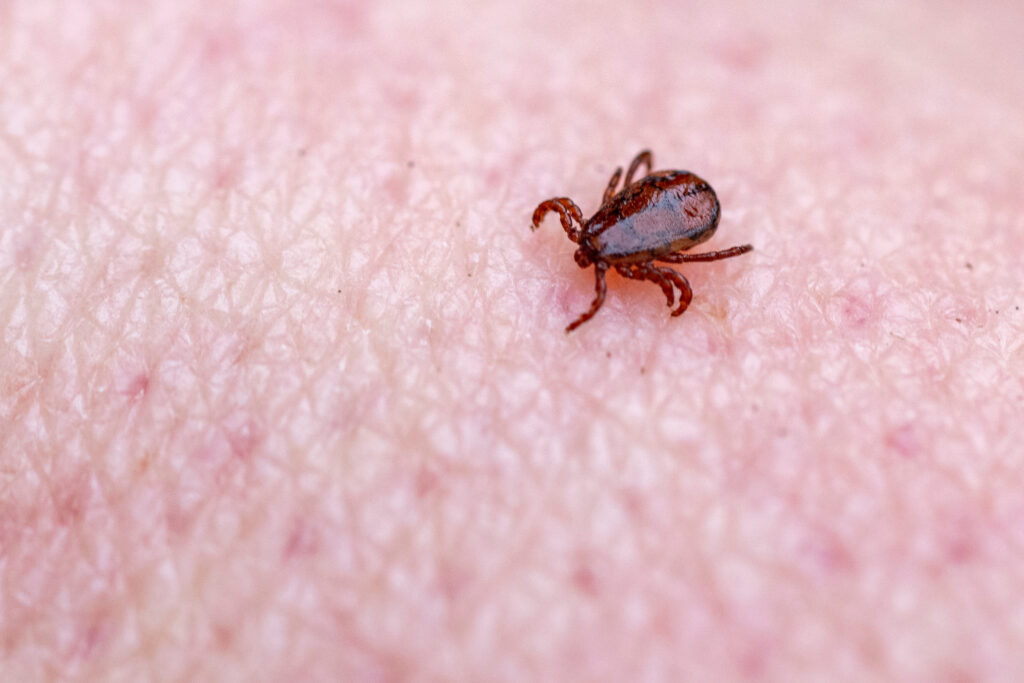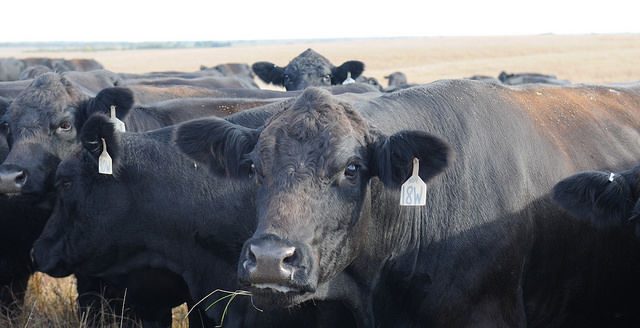As warmer weather draws more and more Texans outdoors, Texas A&M AgriLife Extension Service experts want people to be aware of the danger ticks pose and offer some advice on how to avoid them.
“Ticks are blood feeders in all life stages and can transmit pathogens that can lead to disease transmission,” said Sonja Swiger, Ph.D., AgriLife Extension entomologist, Stephenville.
Although ticks are active year-round in Texas, there is increased activity during the warmer months when tick populations swell, typically peaking in the summer and then declining in the fall. Swiger said we are at the start of their “plentiful season.” Since ticks can’t fly, the only way to be exposed to them is by entering their space or being in contact with an animal that has picked them up, Swiger said. Unfortunately, ticks can be found pretty much anywhere outdoors.
They can be in overgrown brush, a field, forest, park, tall grasses and anywhere there is wildlife, she said. With school out and people spending more time outside, people are more at risk, and even though ticks primarily live outdoors, they are happy to relocate inside if they can hitch a ride.




